Feature image by dokodiscover.com
Have you ever wondered what lies beyond the image of the samurai — the warriors with swords and armor you’ve seen in movies and anime? This article will take you into the world of kendo, a Japanese martial art that is much more than just fighting with swords. By the end, you’ll understand the origin of kendo, its connection to samurai culture, and why it is considered a path to self-growth and discipline, not just a sport.
What Is Kendo?
Kendo, literally translated as “the way of the sword,” is one of the core Japanese martial arts. It developed from the techniques and philosophies of the samurai, the warrior class of Japan. But unlike the sword fighting you might imagine, kendo is not only about striking opponents. It is about shaping character, cultivating discipline, and following the Bushido spirit — the moral and spiritual code of the samurai.
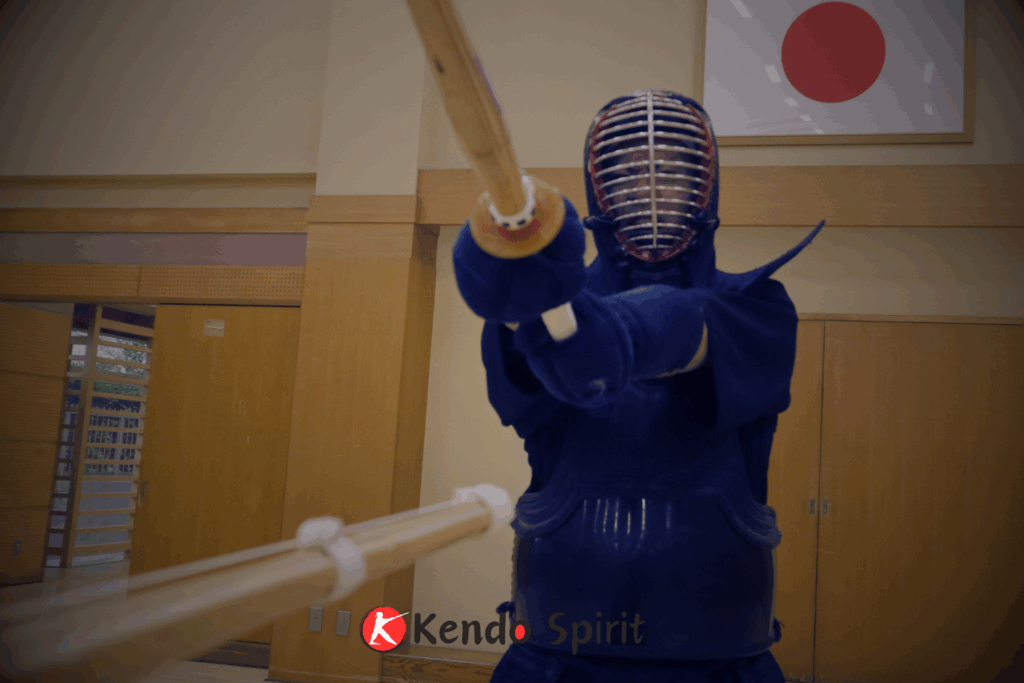
The Misunderstandings About Kendo’s Origin
In recent years, there have been online claims suggesting that kendo originated outside of Japan, in particular from Korea. The All Japan Kendo Federation had not directly responded for a long time, because they believed the cultural roots were self-evident. However, as these misunderstandings became widespread, the federation clarified its stance:
• Kendo was born in Japan, shaped by the daily life and spiritual training of the samurai.
• While sword techniques exist worldwide, the form we now call “kendo” grew uniquely from Japanese history and culture.
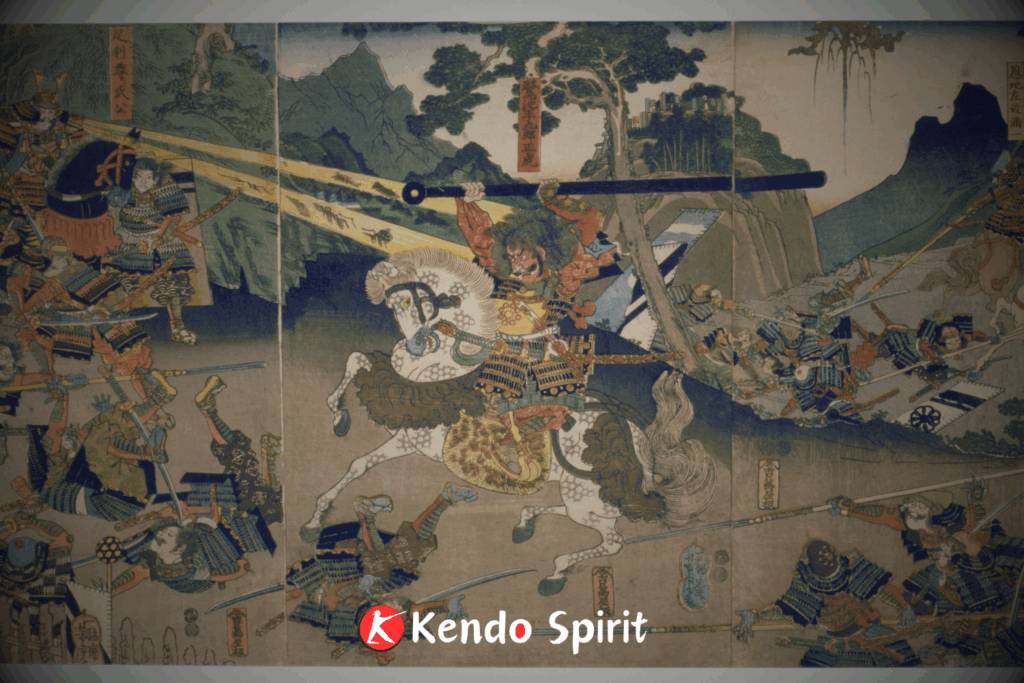
The Historical Path of Kendo
The Birth of the Japanese Sword
Around the mid-Heian period (9th–10th century), Japan developed the curved sword with a ridge, known today as the katana. This weapon became not only the primary tool of battle but also a symbol of the samurai’s spirit. Over time, the sword was celebrated as an art form, admired for its strength and beauty.

From Swordsmanship to Training Arts
During the Sengoku (Warring States) and early Edo periods, many schools of swordsmanship, called kenjutsu, were founded. These schools taught different approaches to combat, but all shared the goal of discipline and mastery.
By the mid-Edo period, protective equipment (bogu) and bamboo swords (shinai) were invented. This allowed practitioners to train safely while striking full force, transforming practice into something both intense and sustainable.
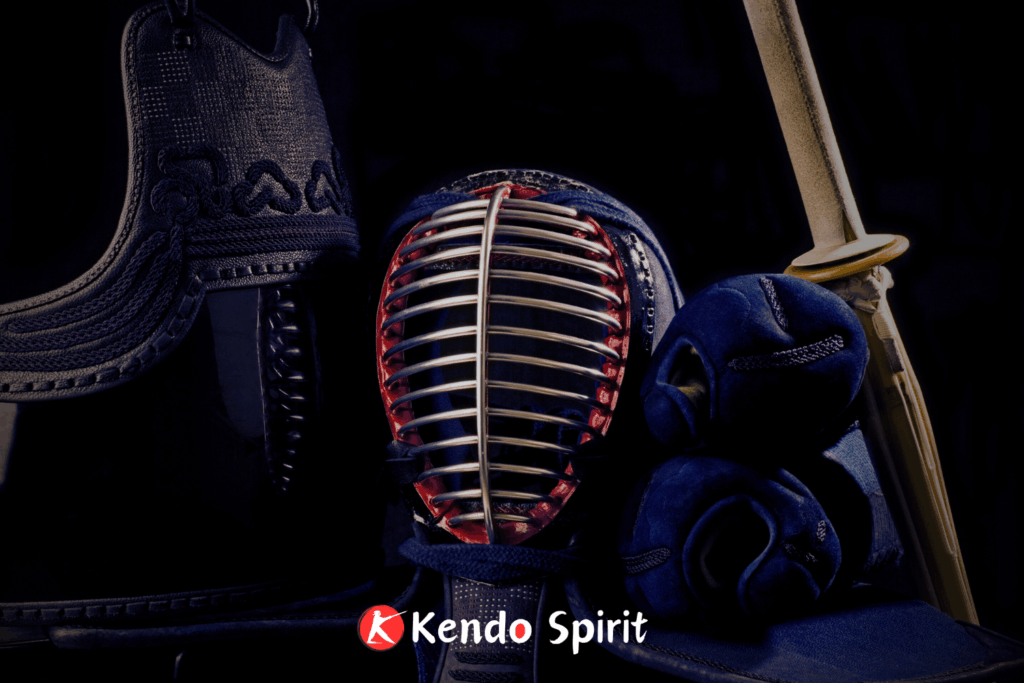
The Emergence of “Kendo”
By the late Edo period, dojo matches using shinai became popular, spreading across Japan. After the Meiji Restoration in the late 19th century, the word “kendo” replaced older terms like “gekken” and “kenjutsu.” It was framed not just as combat training, but as a form of Budo (martial way) — a path of self-development rooted in samurai culture.
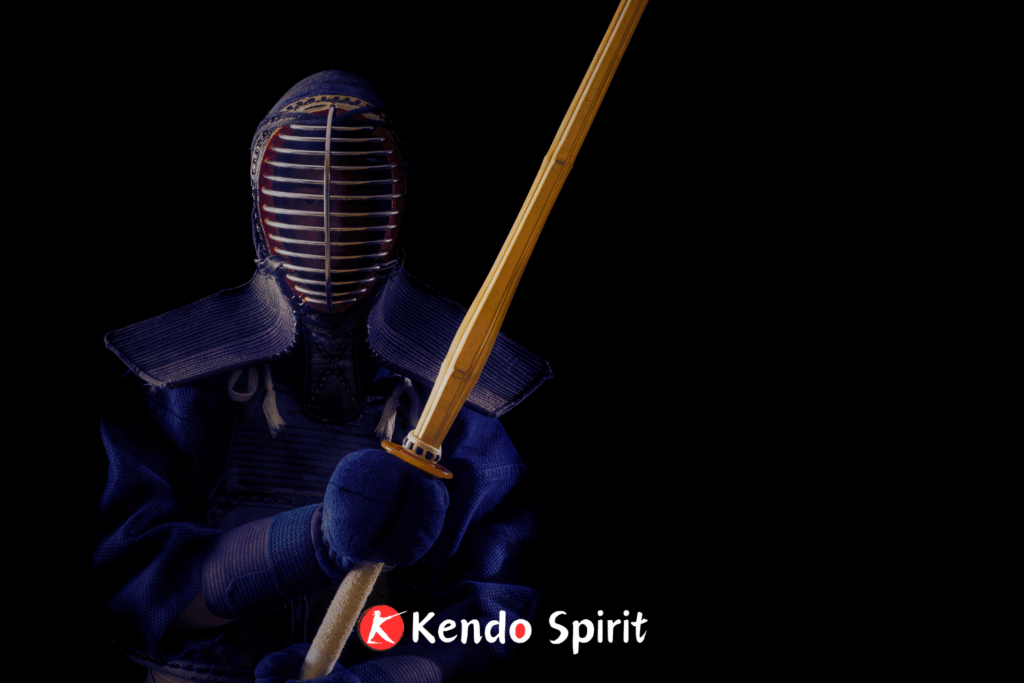
Kendo as a Way of Life
Kendo is often described as “a way of forming the human character.” This means that the true purpose is not only learning how to fight, but also developing one’s inner self. Through endless practice, practitioners learn:
• Respect and etiquette (how to bow, how to face an opponent).
• Discipline (enduring strict training).
• Awareness of spirit (controlling one’s emotions and focus).
This is why the shinai is more than a stick — it represents the samurai sword, and the uniform (kendogi and hakama) is considered formal attire, not sportswear.

The True Meaning of Spreading Kendo
Today, kendo is practiced worldwide. But according to the All Japan Kendo Federation, spreading kendo is not about increasing numbers or hosting more tournaments. True promotion means sharing the values behind it: the Bushido spirit, the samurai’s way of life, and the cultural depth of Japan.
When you see or try kendo, remember: it is not simply a competitive sport. It is a path to understanding Japanese values such as respect, perseverance, and inner strength.
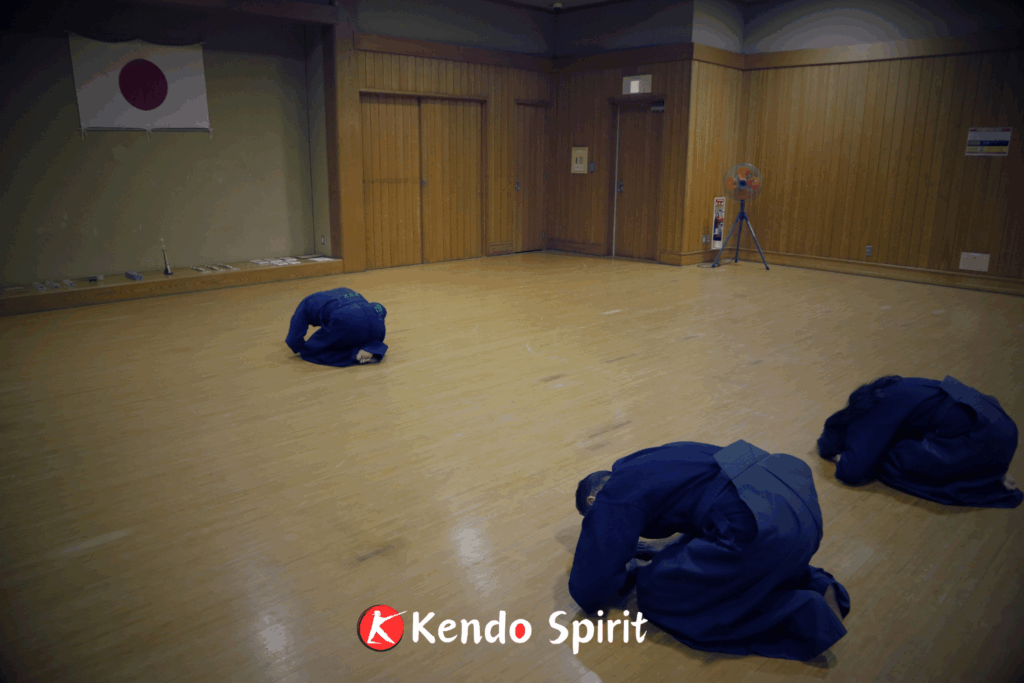
Why Foreigners Love Kendo
Many visitors to Japan are fascinated when they discover that kendo is a living connection to the samurai. Unlike a museum exhibit, kendo allows you to step into their shoes, wear their attire, and feel the weight of their traditions.
Practicing even a few strikes with a shinai can reveal how demanding, yet rewarding, the art truly is. For foreigners, it offers:
• A hands-on experience of Japanese martial arts.
• A way to explore the history of kendo beyond books or films.
• A chance to understand the spiritual depth of Bushido.
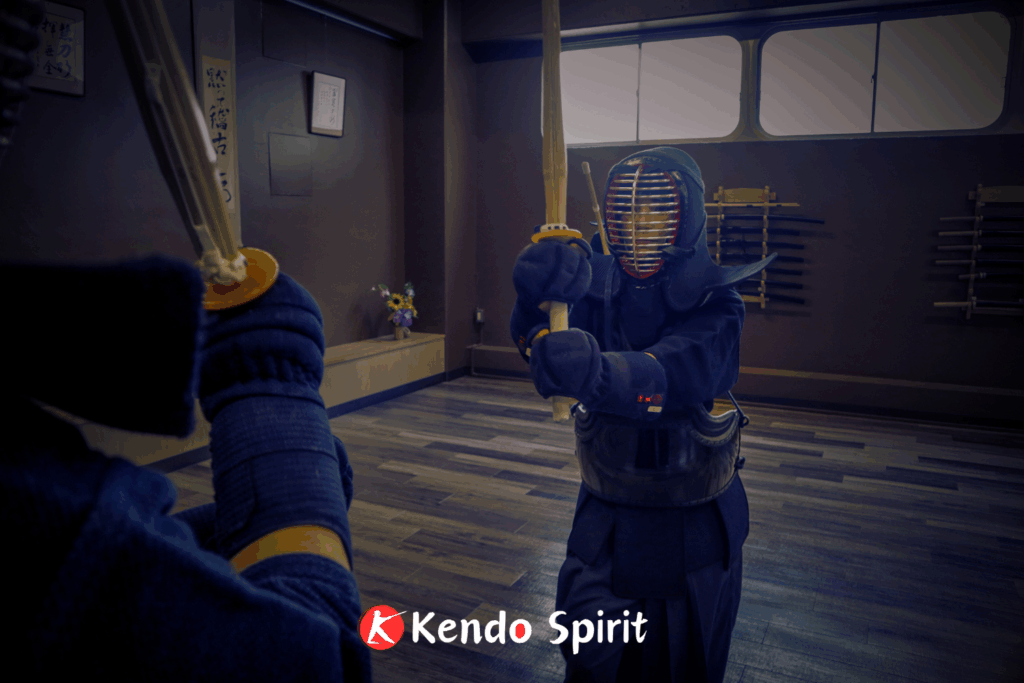
Kendo’s Global Role Today
While its roots are firmly Japanese, kendo is now a global martial art. People across the world, from Europe to the Americas, practice it. Yet, what unites them is not just the physical practice but the shared spirit of self-improvement.
The sword techniques may look simple, but behind every strike is a philosophy that asks: How do you improve yourself through discipline? This question makes kendo universal, appealing across cultures.
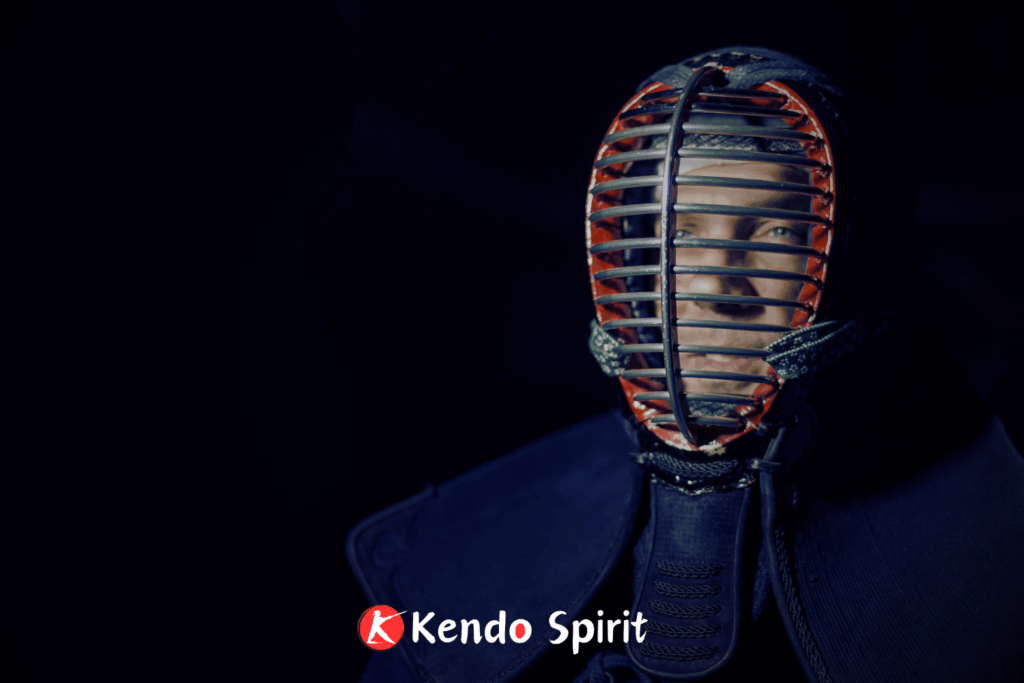
Experience Kendo in Japan
Reading about kendo can only go so far. To truly understand it, you need to step into the dojo, wear the armor, and feel the clash of shinai. That is why experiences like Kendo Spirit in Tokyo exist: to offer foreigners a chance to discover the samurai way for themselves.
In a single session, you can:
• Learn the basics of etiquette and striking.
• Wear authentic kendo gear.
• Feel the spirit of the samurai through real practice.
• Take home unforgettable photos and memories.
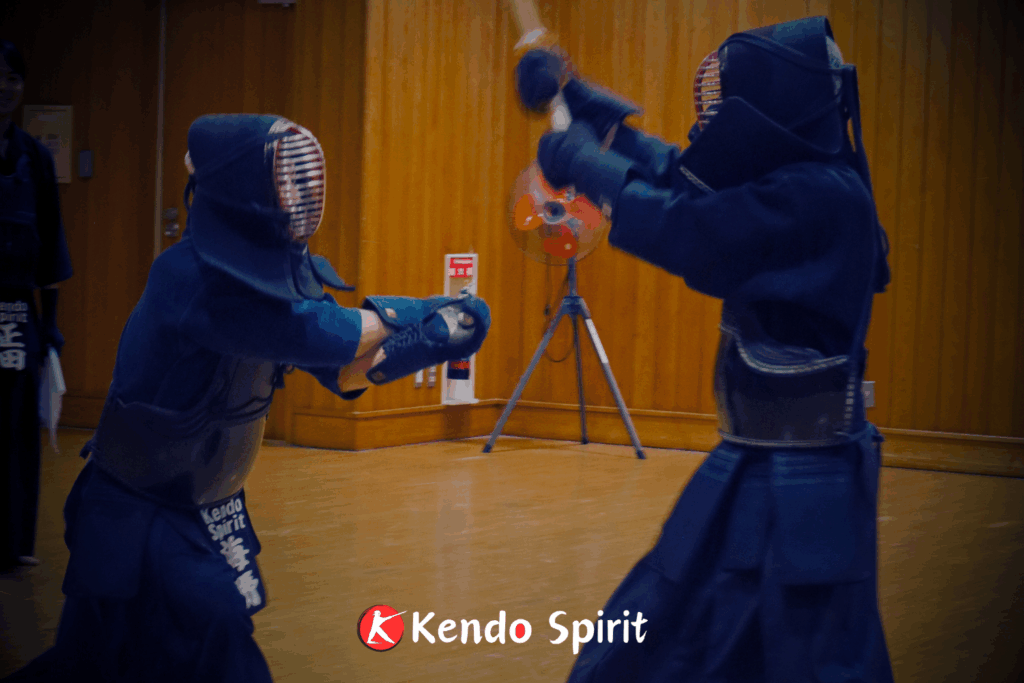
Ready to Discover the Samurai Spirit?
Kendo is more than sword fighting. It is a journey into Japanese history, a lesson in discipline, and a living connection to the samurai culture. If you’ve ever dreamed of experiencing Japan beyond sightseeing, this is your chance.
-scaled-e1747969147355.png?1762401365)
-1-scaled-e1747969231809.png?1762401365)
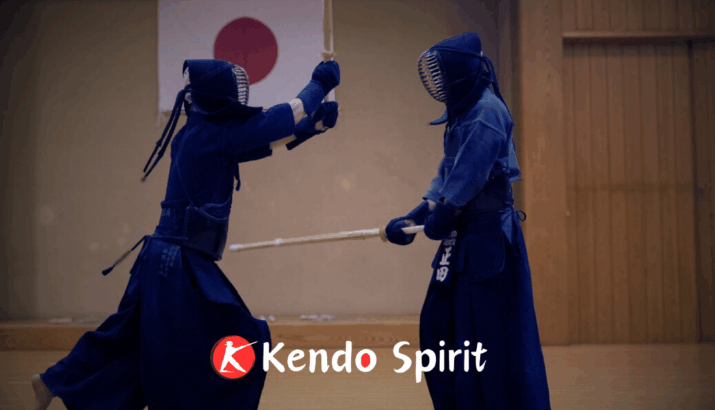

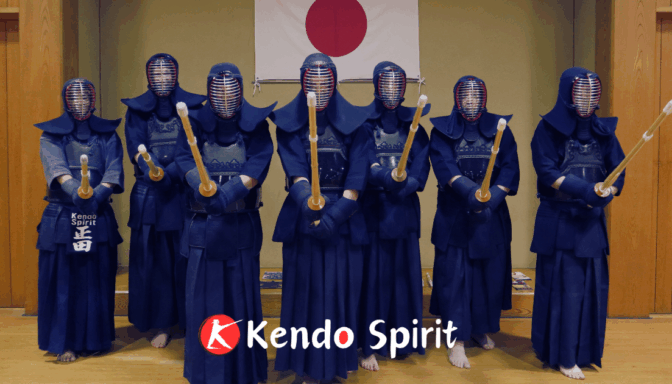

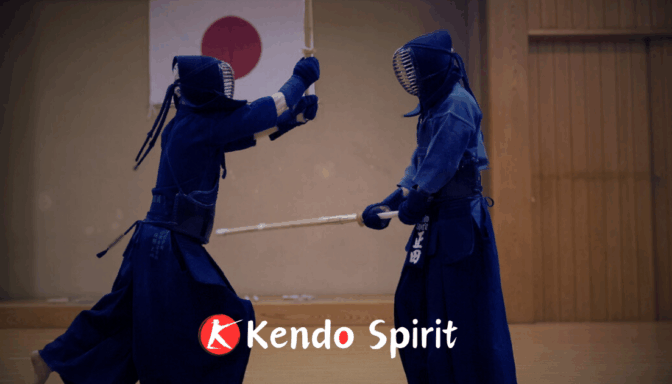

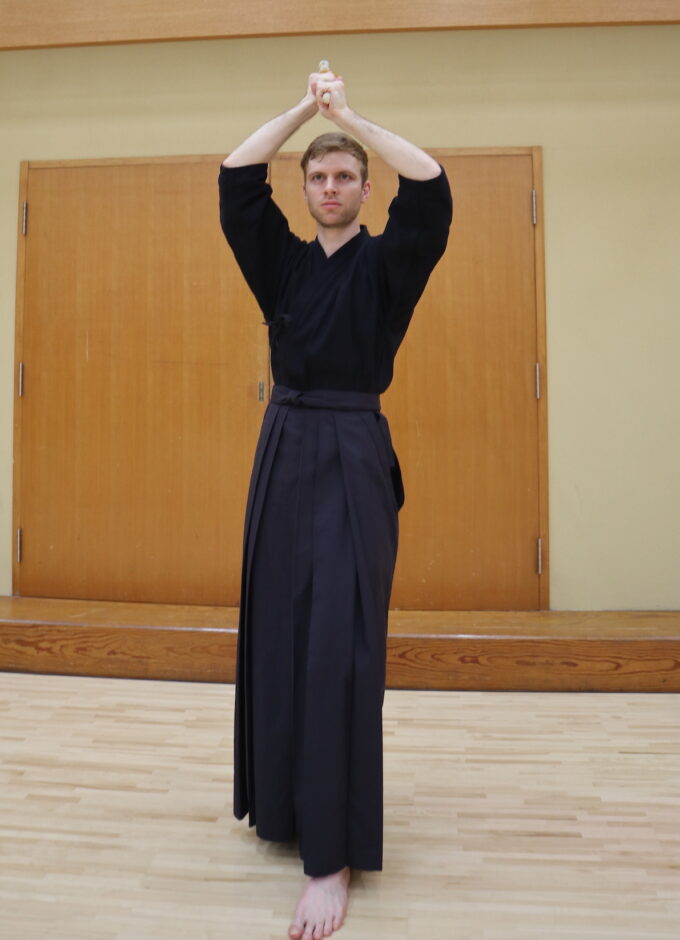
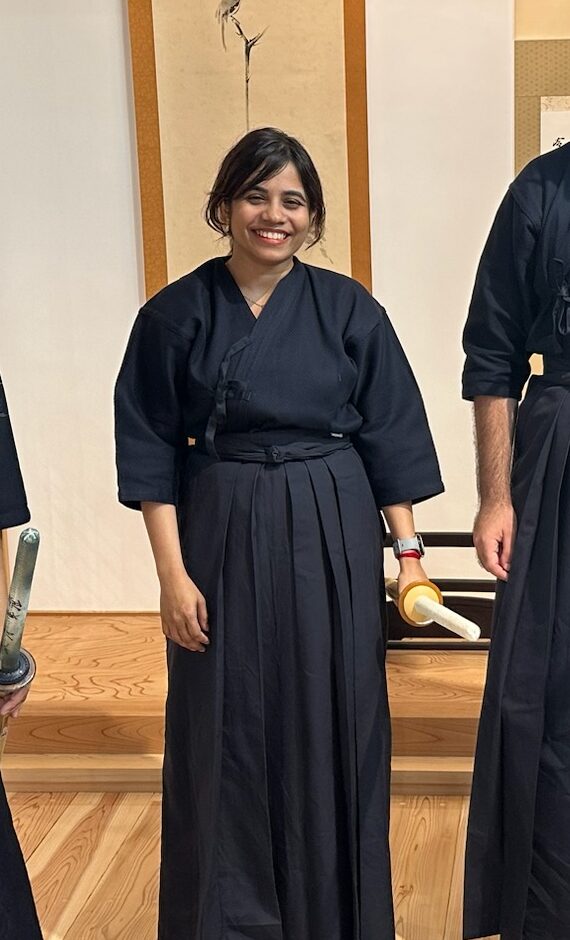
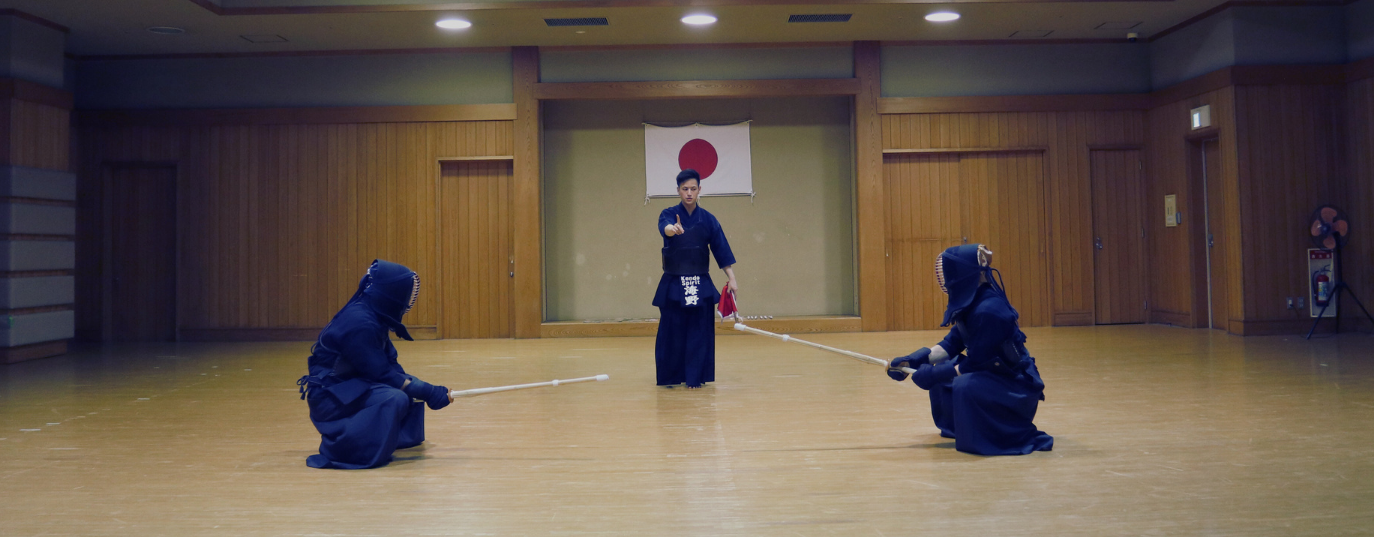
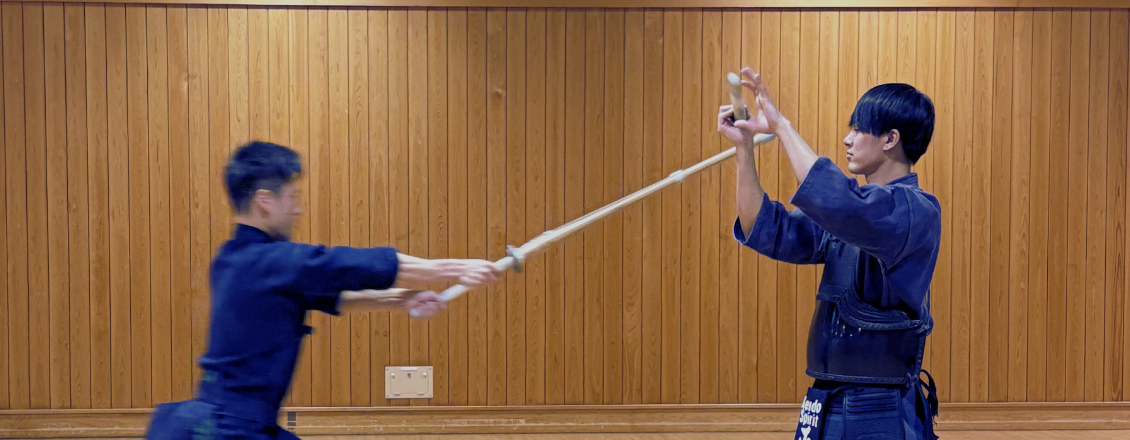
Comment